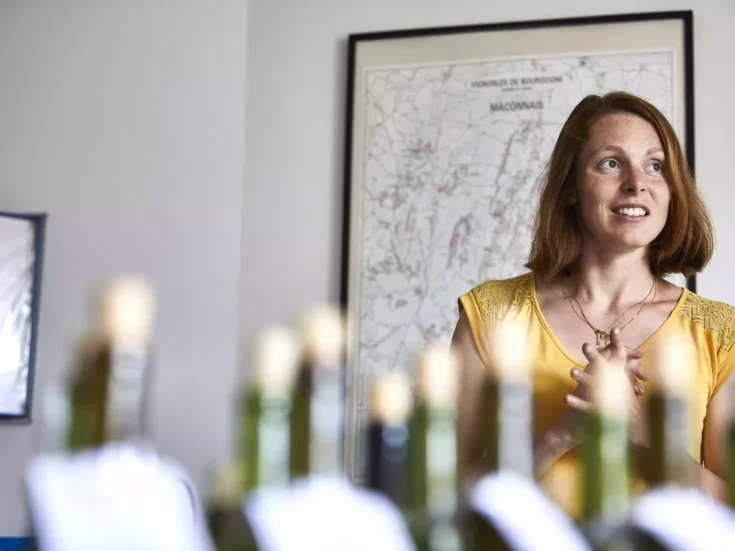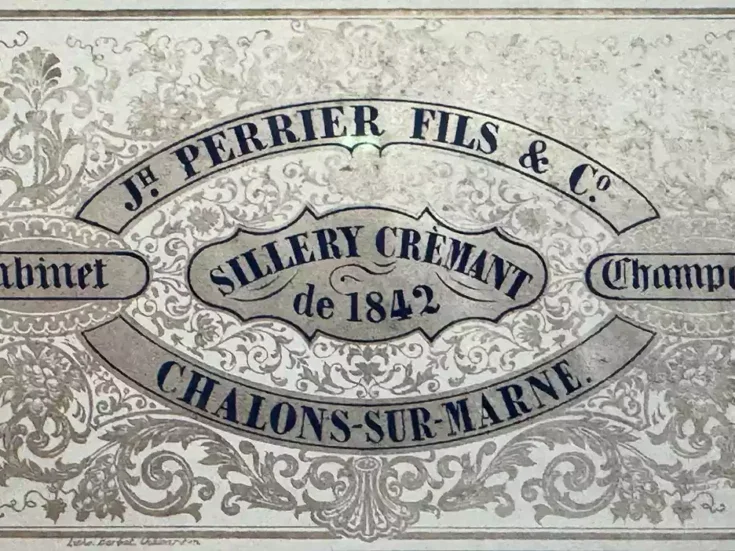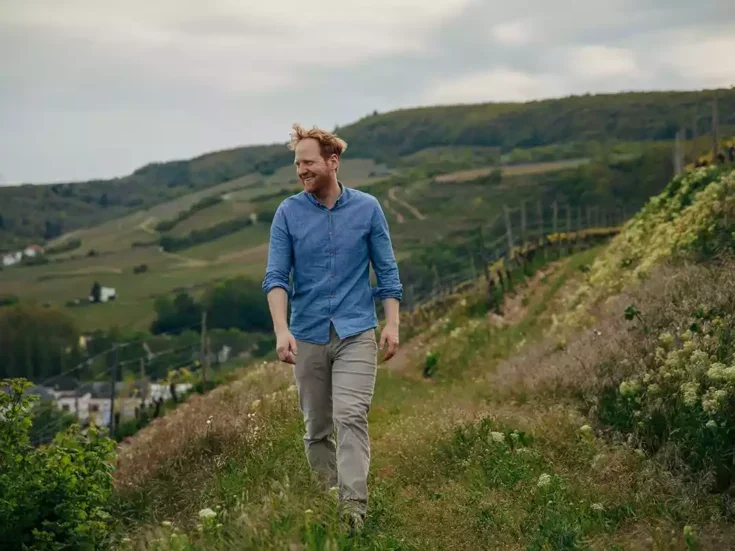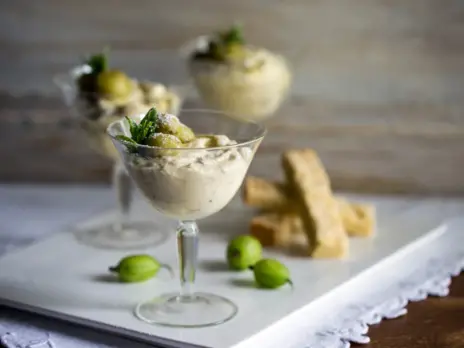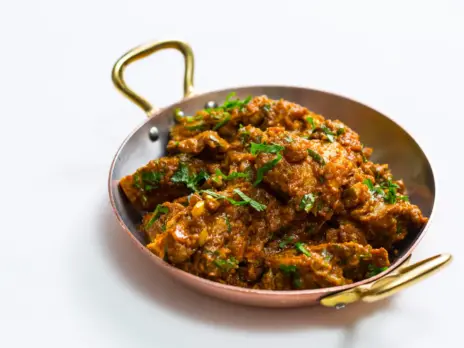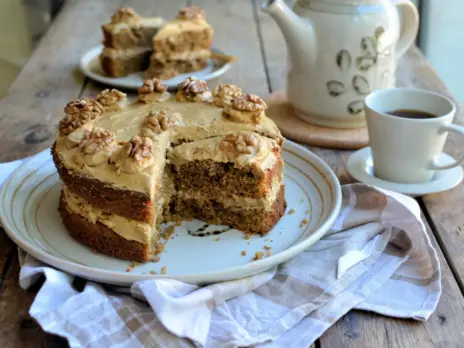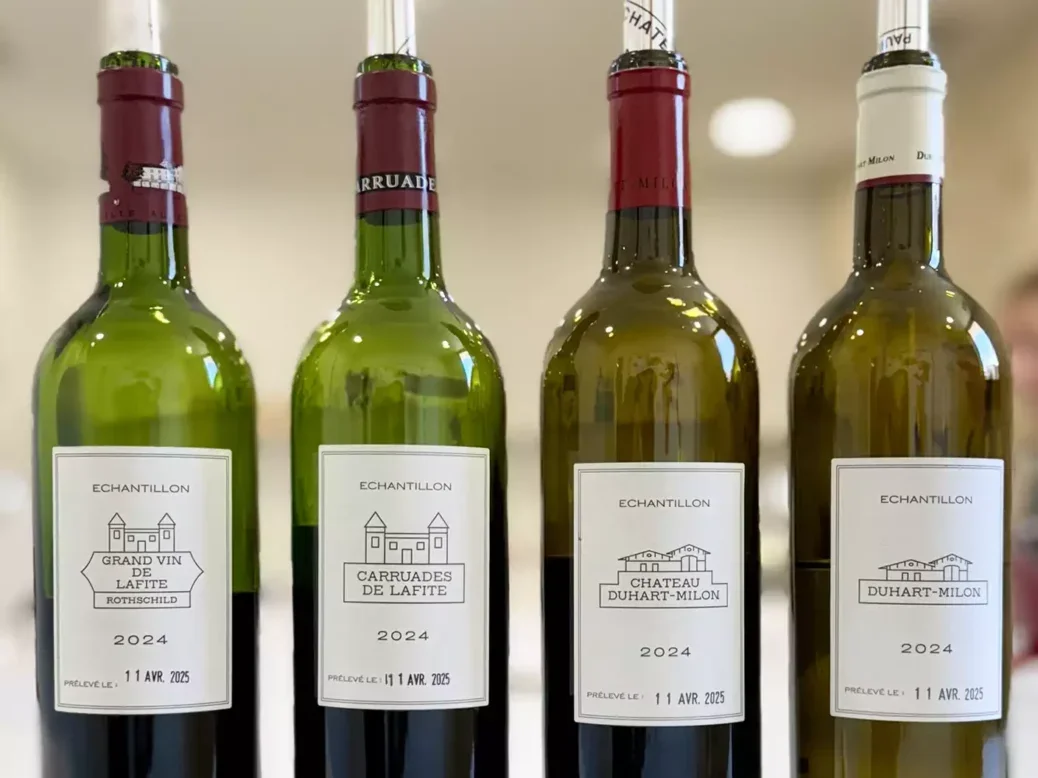
The northern Médoc—St-Estèphe, Pauillac, and St-Julien—benefited in 2024 from slightly less rainfall during the month of September compared to its southern neighbors, such as Pessac-Léognan and Margaux, where they received well over double the amount of precipitation compared with the 30-year average.
This could be part of the explanation why I found the wines from Pauillac more consistent and better balanced than those from any other Médoc appellation in this wet vintage. In general, Cabernet Sauvignon fared better than Merlot in Pauillac, and with its predominance of Cabernet plantings on deep gravel soils, the commune was in a better position to produce higher quality wines. Another reason, of course, is the concentration of classified growths in this prestigious appellation and of highly reputable châteaux dedicated to quality.
I tasted 35 wines from Pauillac, including three lovely whites (Blanc de Lynch-Bages, Mouton Rothschild’s Aile d’Argent, and Pichon Lalande Blanc); with only a few exceptions, most of the châteaux here handled this vintage extremely well. Overall, the wines are slim when compared with those from the warm vintages of the past decade, but they are exactly in line with the vintages from the mid-1990s. The very best wines are poised, expressive, and reflective of their terroir, with no sign of greenness or unripe flavors. Most of the wines are fresh and vibrant, with a refinement reflecting the skill, experience, perseverance, and vigilance required for success in this challenging vintage. The highest rated wines will not be a surprise to anyone—these are the most lauded crus classes, with their coveted gravelly soils offering superior drainage and their varied mesoclimates.
Note: The ratings given here are provisional, since they represent the evaluation of unfinished wines tasted as barrel samples, not the final wines.
PAUILLAC
Château Grand-Puy Ducasse 5ème Cru
(56% Cabernet Sauvignon, 39% Merlot, 5% Petit Verdot)
This is one of the standout Pauillac wines in this vintage. It is a serious Grand-Puy Ducasse that punches well above its fifth-growth status in this demanding year. The wine manages to balance good concentration and depth without losing the essence of the vintage—purity and lightness. Dark plums, cedar, and cassis dominate the palate, lifted by ripe, firm, polished tannins. The finish lingers and reminds us that great wines can come in slimmer packages. 2032–52. 94
Château Haut-Batailley 5ème Cru
(68% Cabernet Sauvignon, 26% Merlot, 6% Petit Verdot)
In 2024 Haut-Batailley achieves a beautiful harmony of freshness, depth, and detail. Flavors of blackcurrants, tobacco, and plums are lively and lifted, with supple tannins but also a depth that speaks clearly of its Pauillac origins. This vintage demonstrates the ongoing quality renaissance at this estate since the Cazes family acquired it in 2017. 2032–47. 92
Château Lafite Rothschild 1er Cru
(96% Cabernet Sauvignon, 3% Merlot, 1% Petit Verdot)
This is a triumphant expression of Lafite in an extremely grueling year. Alluring aromatics of cassis, graphite, and violets, which are more expressive at this stage than usual; sensual, fine-grained tannins, and a long, persistent finish. The wine is layered, complex, and poised—serious without any sense of heaviness, rather a lightness that is coupled with an intensity that enables the flavors to linger on the palate. This is a wine of harmony, elegance, and great articulation—it is undeniably Lafite. That is why Lafite is my wine of the vintage. 2034–54. 97
Carruades de Lafite
(47% Merlot, 45% Cabernet Sauvignon, 6% Cabernet Franc, 2% Petit Verdot)
It is no surprise, given how successful Lafite is this vintage, that its little brother, Carruades de Lafite, is also impressive. This is a well-crafted, honest expression of the year—the wine possesses purity, vibrancy, and well-defined flavors of cedar, oolong tea leaves, cassis, and black plums. The tannins are gentle, supple, and smooth, and the finish is fairly long. Although Merlot faced difficulties, the Carruades shows very little of the stress and struggle of the vintage, with the final ABV at 12.9%. 2031–46. 93
Château Lynch-Bages 5ème Cru
(70% Cabernet Sauvignon, 24% Merlot, 3% Cabernet Franc, 3% Petit Verdot)
In this vintage, Lynch-Bages is medium weight, supple, and round, with attractive cassis and red-plum flavors. It is a lovely, harmonious wine that is well-crafted, aromatic, and pure. There is little excess or extraction, and its components are in wonderful balance; expertly made despite the challenging vintage conditions; the finish extends with notes of cedar and earth. This is a faithful representation of Lynch-Bages’s distinctive character and quality in a light year. 2031–50. 93
Château Mouton Rothschild 1er Cru
(93% Cabernet Sauvignon, 7% Merlot)
2024 offers a quintessential cool-climate expression of Mouton, where dark savory herbs and earthy notes dominate more than cassis, blackberries, or plums, which are more in the background. Mouton embodies a quiet restraint in this vintage, with less exuberance and generosity than in warmer years; instead, it offers wonderful freshness, precise flavors, balanced by polished tannins, and a long finish. This is a vintage to drink before the 2022, 2020, or 2019. Notably, neither Cabernet Franc nor Petit Verdot appears in the blend. 2034–54. 94
Château Pichon Baron 2ème Cru
(87% Cabernet Sauvignon, 13% Merlot)
The 2024 Pichon Baron is elegant, restrained, and exudes a quiet harmony and balance. The flavors are lively and precise, offering blackcurrant and mixed red-berry notes that are layered with hints of cedar and graphite. The tannins are gentle and supple, possessing a lightness this vintage that allows the flavors to shine. From a challenging year, this is a well-crafted, approachable and thoughtfully made wine with a moderately long, satisfying finish. Like many wines in this vintage, the ABV is 12.7%. 2032–2052. 93
Château Pichon Longueville Comtesse de Lalande 2ème Cru
(83% Cabernet Sauvignon, 14% Merlot, 3% Cabernet Franc)
This elegant Pichon Lalande embraces the vintage by being intensely aromatic, delightfully approachable, and light. With an alluring nose of violets, blackcurrants, and cedar, the wine pulls you in; on the palate, the flavors are playful and layered—equally vegetal and earthy as well as fruity. The impressively persistent palate shows that complexity and depth in a wine can have a gentle delivery. This is a wine of finesse, great harmony, and charm, even in its infancy. Only 12.7% ABV. 2032–52. 94
Bordeaux 2024: An opportunity for relevance?

